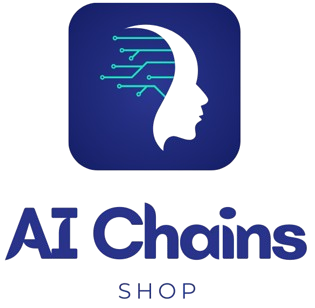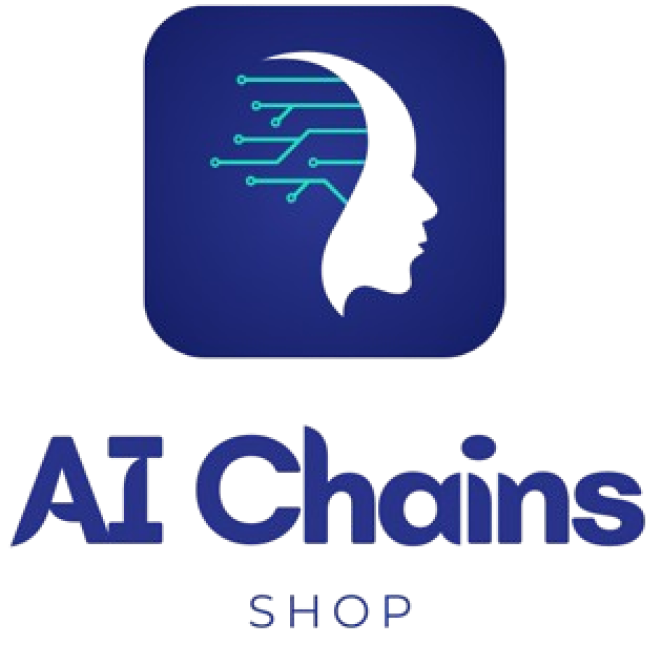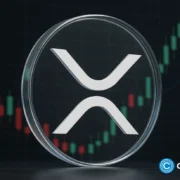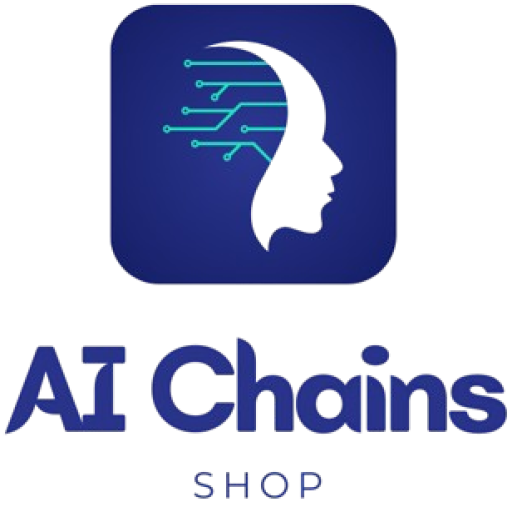Aave DAO Proposes $50M Annual Token Buyback Using DeFi Revenues
In a groundbreaking move that marks a significant turning point for the decentralized finance (DeFi) sector, Aave DAO has unveiled a $50 million annual buyback program for its native governance token, AAVE. This initiative not only underscores Aave’s financial maturity but also serves as a powerful testament to how DeFi protocols can evolve into revenue-generating, sustainable businesses. Unlike many projects in the crypto landscape that continue to rely on inflationary rewards and speculative mechanics, Aave is setting a bold precedent by grounding its tokenomics in real revenue flows generated through legitimate protocol operations.
The proposed buyback mechanism is not a one-off event or an experimental trial. Rather, it’s designed to be a permanent fixture of Aave’s economic model. Operating autonomously through smart contracts, the program ensures a high level of transparency, executed entirely on-chain and resistant to manual intervention. This smart-contract-based system mirrors the behavior of share repurchase strategies frequently employed in traditional financial markets, offering AAVE holders long-term benefits by creating a direct link between the protocol’s profitability and the token’s value proposition.
What sets Aave’s initiative apart is its foundational reliance on actual protocol revenues rather than token dilution or venture-driven liquidity injections. Aave generates income through interest rate differentials and fees across its lending and borrowing platforms deployed on multiple blockchains—including Ethereum, Avalanche, and Polygon, among others. These fees, once accumulated, are redirected into the market to repurchase AAVE tokens, which could either be burned or held, depending on the intentions of the DAO. This model emphasizes organic growth and positions AAVE as a deflationary asset driven by platform activity and user demand.
Historically, Aave has experimented with various token distribution mechanisms, including token burns, liquidity mining incentives, and reallocation of treasury assets. While these strategies served short-term objectives, they lacked a consistent, systemic structure that could provide predictable value returns to token holders. The new buyback program aims to fill that void, offering a more structured and long-term method that reinforces the intrinsic value of the token grounded in economic fundamentals rather than speculative volatility.
For crypto investors and analysts, this development is a breath of fresh air in an environment often dominated by memecoins with questionable utility and projects launching unsustainable tokenomics based on diluted emissions. The steady buyback model reduces the total circulating supply of AAVE in a disciplined manner. If demand remains constant or increases—potentially due to growing use of Aave’s products or broader DeFi adoption—scarcity could exert upward pressure on the token’s market price.
Furthermore, this marks a significant move toward a more mature, valuation-driven investment thesis in crypto markets. Traditional investors are accustomed to evaluating companies based on cash flows, net income, and balance-sheet strength. DeFi protocols have typically lacked these reference points, leaving institutional proponents in the lurch when it comes to applying valuation models. Aave’s model begins to bridge that gap, paving the way for more accurate fundamental analyses and attracting interest from professional and institutional investors looking for cash-flow-generating digital assets.
In terms of market perception, Aave’s buyback program challenges the status quo and is likely to initiate a new paradigm in DeFi governance and treasury management. Instead of focusing solely on metrics such as Total Value Locked (TVL), Aave is emphasizing revenue efficiency, capital utilization, and long-term sustainability. By linking token economics directly to protocol earnings, Aave showcases a forward-thinking strategy that may influence other DeFi platforms to reexamine their tokenomics and consider similar models to bolster investor confidence and long-term value creation.
This model dovetails with an emerging trend among investors, especially contrarian investors, who are actively eschewing overhyped tokens in favor of fundamentally sound projects. AAVE offers a unique opportunity to invest in a protocol that operates with business logic more aligned with that of traditional companies—cash flow-positive, revenue-aware, and committed to maximizing stakeholder value. The protocol’s decision to channel real yield into sustainable growth mechanisms makes it a standout in a sea of projects struggling to establish long-term credibility.
The implications of this initiative extend far beyond Aave. If the buyback program proves to be successful, it could inspire a wave of DeFi tokens adopting similar mechanics. Such a shift might alter investor expectations across the board, creating a standard where protocols are judged not only by user metrics and TVL but also by profitability, treasury efficiency, and revenue growth. This could lead to a broader revaluation of DeFi tokens, with quality projects getting rewarded for sound economics as opposed to pure hype cycles.
Importantly, the $50 million allocation is not arbitrary. It represents a calculated distribution of Aave’s yearly fee revenue, showcasing the protocol’s financial robustness. This initiative also reduces fiat dependencies, as all operations are executed on-chain, leveraging Aave’s own infrastructure to carry out these repurchases. Such autonomous financial engineering elevates the protocol to a new level of sophistication, strengthening its position in the DeFi hierarchy and potentially making it a benchmark for future economic modeling in the space.
For users and investors, this approach to tokenomics lays down a predictable value accrual path. It incentivizes long-term holding over short-term speculation—an essential quality for achieving price stability and fostering investor trust. Token holders can reasonably expect that as Aave’s user base and revenues grow, their stake in the ecosystem becomes increasingly valuable through these strategic buybacks, especially in times when broader market sentiment might be bearish.
Finally, this policy aligns with the broader trends of DeFi 2.0, where sustainability, real yield, and self-sufficiency are viewed as essential pillars for project success. By demonstrating profitability and deploying advanced treasury strategies, Aave is planting itself firmly among the top-tier DeFi protocols prepared for the next evolution of decentralized finance. This positions AAVE not just as a governance token, but as a viable, revenue-backed investment asset, capable of delivering long-term returns that mirror traditional equities while retaining the innovative edge of decentralization.
In conclusion, Aave DAO’s $50 million annual buyback plan signals more than a simple tokenomic adjustment—it represents a transformative shift in DeFi’s trajectory. Where much of the market remains driven by hype and volatility, Aave is offering clarity, consistency, and financial discipline. For the informed, fundamentals-driven crypto investor, this initiative is a compelling invitation to reconsider the role of DeFi tokens as durable, revenue-generating assets rather than fleeting instruments of speculation. As the sector matures, Aave is positioning itself as a leader not just in innovation, but also in accountability and value creation.












